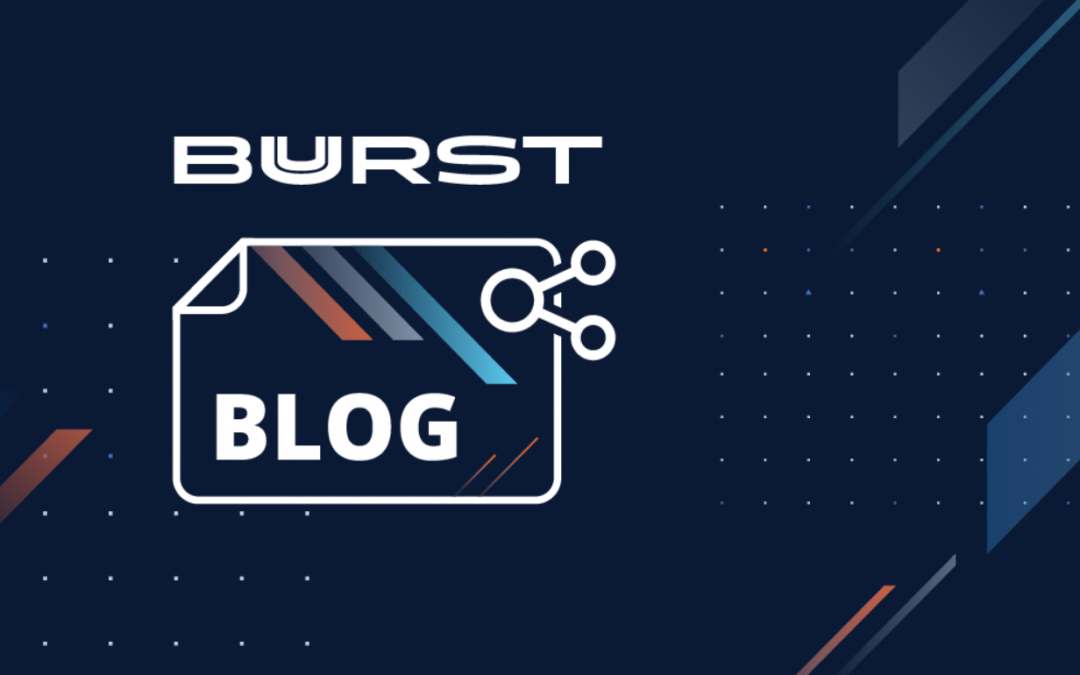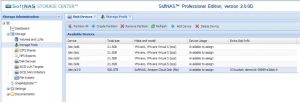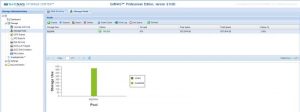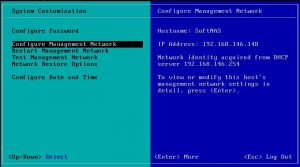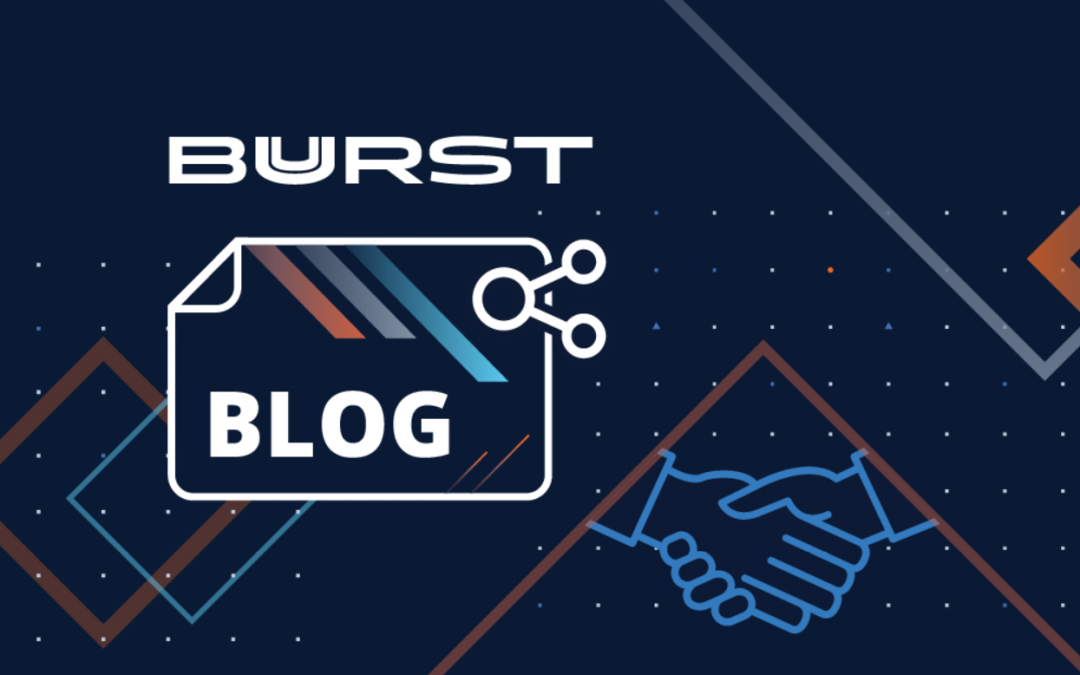
SoftNAS becomes #1 Best-selling NAS in the Cloud
Our SoftNAS Cloud NAS product has made it onto page 1 of the AWS Marketplace Storage and Backup category. SoftNAS is a Linux-based virtual appliance deployed on public and private cloud services like Amazon Web Services (AWS), Microsoft Azure, and VMware vSphere. SoftNAS can also run on RHEL 8.2 if customers prefer over CentOS. Visit the SoftNAS page to learn more about this industry-leading cloud-native NAS solution.
#1 Best-selling NAS in the Cloud
SoftNAS first launched in the AWS Marketplace in July 2013, at which point we were the newbies at #79 (dead last), but you have to start somewhere… Bill and I believed in SoftNAS and the AWS Marketplace’s potential, and we never slowed down or doubted we would achieve success for even a minute.
Clearly, congratulations are in order for a job well done! The SoftNAS AWS alliance team, led by co-founder Bill Hood, has been relentless in their efforts to make this achievement possible. Of course, the product team contributed with a series of well-executed releases of SoftNAS, including the most recent 2.1 release. And we have received incredible support from the AWS solution architects and AWS Marketplace teams, making this achievement possible.
Of course, we truly owe our gratitude and thanks are our SoftNAS customers, who got on board along the way (before SoftNAS was the leading cloud NAS product), provided us with feedback, and worked closely with us to add the features and capabilities we see today.
Buurst SoftNAS NAS provides NAS features in the cloud with a virtual software appliance in the cloud. Beyond offering up to 80% reduction in cloud storage fees, we also provide:
- SoftNAS provides 5-9’s availability
- Major protocol support including ISCSI, CIFs/SMB, and NFS
- Bulk data migration from on-prem to the cloud with patented high-latency network transfer capabilities
SoftNAS Cloud NAS offers the right blend of price and performance for each workload and application in the cloud by enabling fine-tuned control of data at the Petabyte scale.
Why SoftNAS Cloud NAS?
You need to control your data. Whether data is on-prem, migrating to the cloud, or in the cloud, keeping data secure, highly available, and accessible is critical for business success. In addition, data growth at the Petabyte scale is becoming the norm for medium to large enterprises; can your current solution meet this requirement? Buurst SoftNAS is built to meet all these data challenges.
Standard cloud storage tools meet the basic needs of typical applications running in the cloud; however, these tools are generic and limited in their ability to meet various performance and availability requirements.
Applications and services such as high-performance SaaS solutions or VDI profile management require high IOPS and 5-9 availability as the application and data must always be accessible by customers. SoftNAS was built specifically for these customers to meet their unique performance requirements.
Additionally, the growth of application usage leads to an increase in stored cloud data. SoftNAS holds storage fees in check by charging by performance, not the amount of data stored.
SoftNAS Features
• Data Performance – Increasing performance doesn’t require more storage. It requires a sophisticated cloud storage solution capable of offering substantial throughput, IOPS, and low latency compared to other cloud storage products.
• Data Availability – Capable of delivering 99.999% uptime, our patented cross-zone high availability technology duplicates data across zones to ensure data access when needed. Also, our No Downtime Guarantee ensures your data is available whenever needed.
• Data Cost Control – In addition to charging by performance instead of the amount of data managed, SoftNAS optimizes data stored with various compression techniques to reduce the overall amount of data stored.
• Data Migration – File synchronization and migration services offer continuous data transfer. Our “Lift and Shift” utility enables this service in active production applications without service downtime. Our bulk data movement technology provides up to 200% faster transfer even over high latency, noisy networks.
• Data Control & Security – SoftNAS comes standard with built-in security offerings such as snapshots, and rollbacks. Also, high-performance protocols such as iSCSI, NFS, and CIFS/SMB are standard.
SoftNAS provides customers a unified, integrated way to aggregate, transform, accelerate, protect & store data, and easily create hybrid cloud solutions that bridge islands of data across SaaS, legacy systems, remote offices, factories, IoT, analytics, AI, and machine learning, web services, SQL, NoSQL & the cloud – any data. SoftNAS works with the most popular public, private, hybrid, & premises-based virtual cloud operating systems, including Amazon Web Services, Microsoft Azure, & VMware vSphere.


